What a beehive can tell us about environmental pollutants
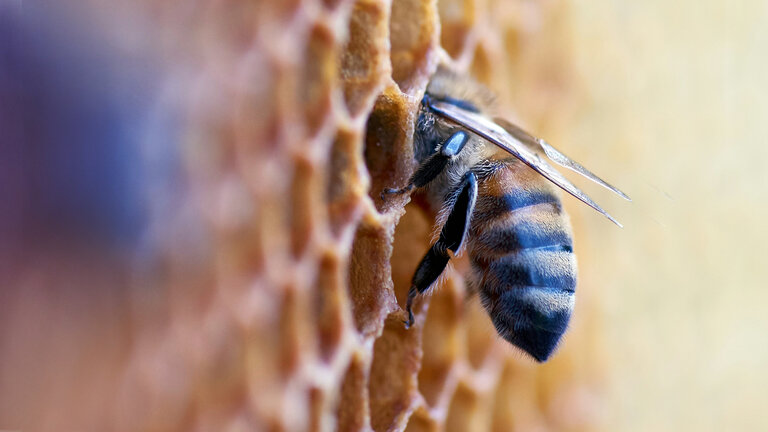
Our Drees & Sommer bees, which have been active since 2020, not only produced around 20 kilograms of honey in their first year, but also contributed to researching and improving biodiversity. The Dresos worked together with the BeeOdiversity start-up to achieve this.
Why are bees important for the environment?
“The animals are nervous” is something you don’t want to hear when you’re near a beehive, but Sebastian Hampel correctly assesses the situation. The reason the bees are excited is that the amateur beekeeper is approaching the entrances to the four Drees & Sommer hives with two colleagues: Sebastian Beck and Stefan Krcelic. But a smoker—a special smoking device to calm the bees—eases the situation. The Dresos can now get to work. Today, they are installing devices that will be used to take a sample of the bees’ pollen. Drees & Sommer and the Belgian start-up BeeOdiversity have something very special in mind.
Why are bees important for the environment?
The idea is based on a property of pollen that has been known for some time. It is very easy to detect environmental pollutants in pollen. The products also enable conclusions to be drawn about the flowers the bees fly to and, therefore, about the plant species in the surrounding areas. This meant that this information could be used for developing sustainable buildings, neighborhoods, and even entire cities. For example, the data could be used to compile targeted flowering mixtures for green spaces that enable broad biodiversity.
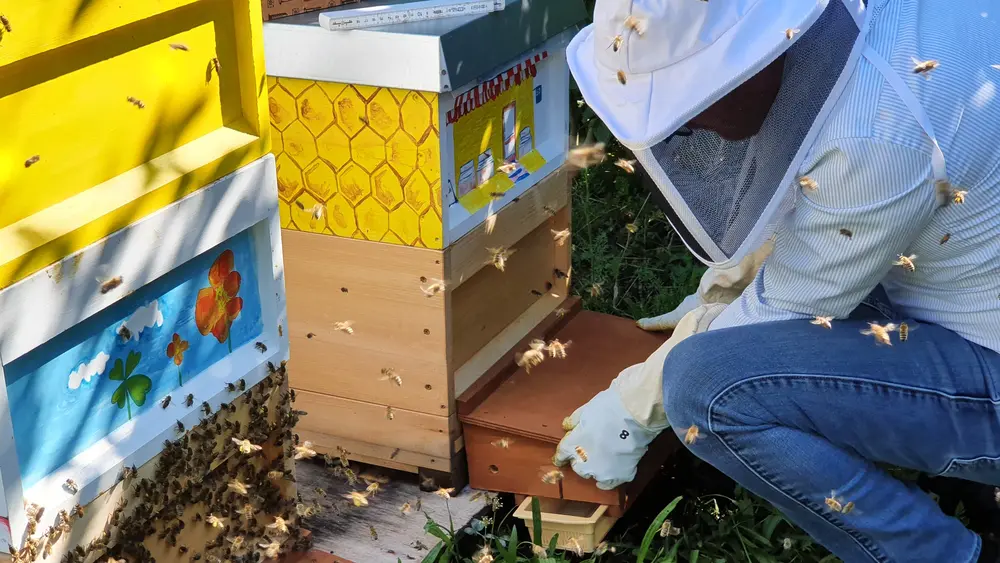
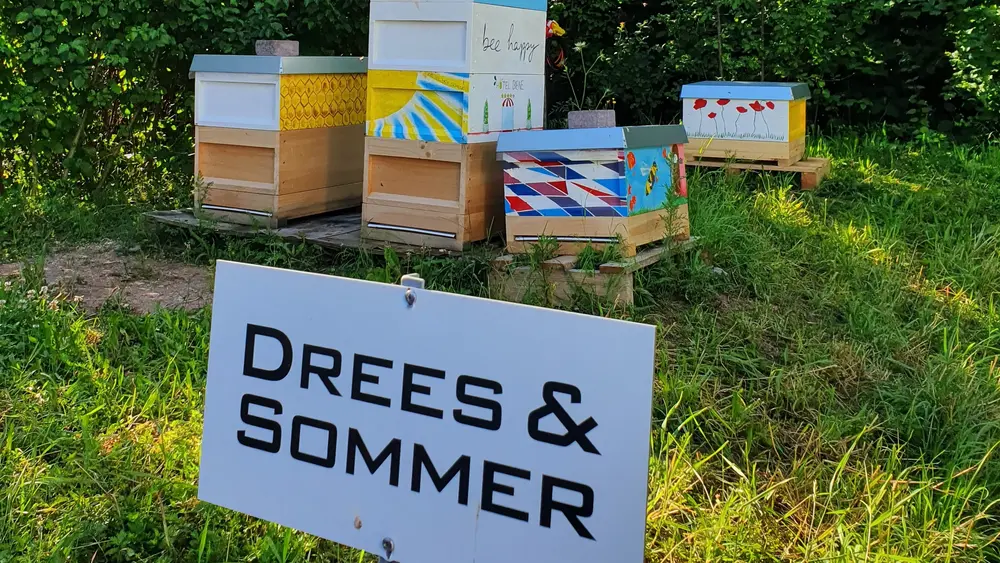
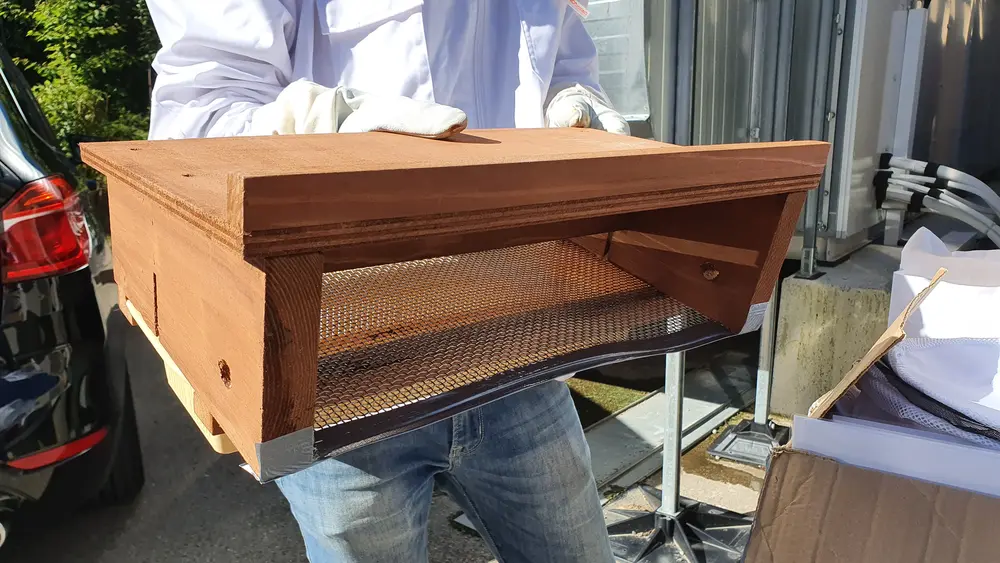
Detecting environmental pollutants through bees
In order to access the pollen, Dreso beekeepers attach special constructions to the entrances of the hives. They function like a doormat and consist of a wooden frame, a fine metal grid, and a small plastic basket. This is because approaching bees unintentionally brush some pollen off their hind legs as they enter the hive, so it falls into the collection basket below the grid.
The basket is emptied regularly and the pollen samples are neatly bagged and sent by post to BeeOdiversity in Brussels. There, a team of professional beekeepers and laboratory analysts analyze the pollen chemically and biologically. A total of four measurement cycles of several weeks each are scheduled per year, during which pollen samples are regularly taken.
This approach is innovative in its use of digital tools. For example, an auditing tool documents the status quo of the bee colonies, while a mapping tool helps to determine the areas analyzed. Finally, the monitoring dashboard visualizes the measured data in the form of clear graphics.
Findings from the pollen samples
The analysis of the pollen samples collected between the beginning of June and mid-October 2020 revealed generally positive news for the Drees & Sommer beehives in Stuttgart as hardly any pesticides were sprayed in the bees’ collection area (up to three kilometers around two hives). One exception was the sample taken in the summer. It was analyzed and found to contain elevated levels of benalaxyl (pesticide). This can come from, for example, potatoes or vines, but fell below the detection limit later in the year.
The samples contained pollen from almost 30 different flowering plants. This is a very good value, which probably reflects the location on the edge of the city and the forest and the many gardens and meadows in the neighborhood. The largest plant family in all three survey phases was Asteraceae. This includes composite plants such as daisies, sunflowers, and autumn asters.
The Dreso bees also succeeded in detecting a well-known plant invader: the summer lilac or butterfly-bush. It blooms in many front gardens and is now categorized as an invasive species in some European countries due to its origin and urge to spread. Nevertheless, it seems to be a favorite not only with butterflies but also with bees.
What is next for the Stuttgart beehives?
Unfortunately, only two of the four colonies survived the winter of 2020. The aim is to grow these back to four colonies by forming two offshoots and establishing them at the site. In 2020, a single hive produced a total of 23 kilograms—or 90 jars—of honey. The Drees & Sommer amateur beekeepers, whose workplaces are within sight of the hives, are hoping for a similarly good honey harvest in 2021 despite the exceptionally cold days in April.
As usual, the bees are still in hibernation at the beginning of 2024. Last year, unfortunately, one colony of Dreso bees fell victim to the Varroa mite. However, the second colony went into the winter of 2023/24 strong. From February onward, the Dresos will check their food supplies depending on the weather conditions. As the days start to get warmer and better weather approaches, the bees will then become mobile again from March/April.
But not just in 2024—it was already clear after the first year that there was interest in the bees. Whether with potential customers, in the media, among beekeepers or in the company itself, the Dreso bees generated a great deal of interest wherever the monitoring project was reported on as part of the cooperation with the Belgian start-up BeeOdiversity. In this respect, the busy animals proved to be ambassadors for an important future topic beyond their actual “job”: the dwindling biodiversity in the animal and plant world and the need to take countermeasures with a biodiversity strategy for buildings and neighborhoods.
The article has been revised // Original contribution from September 2020
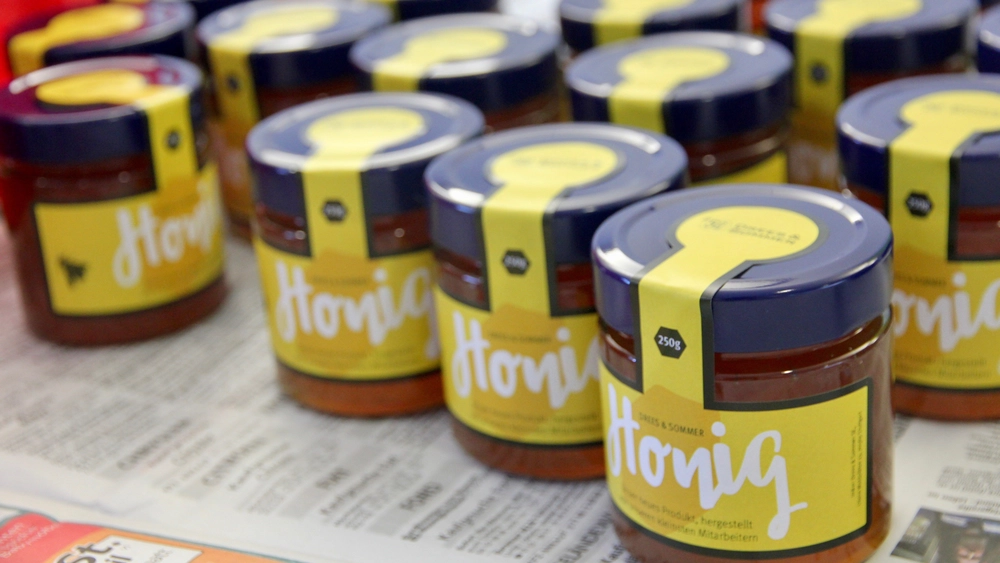
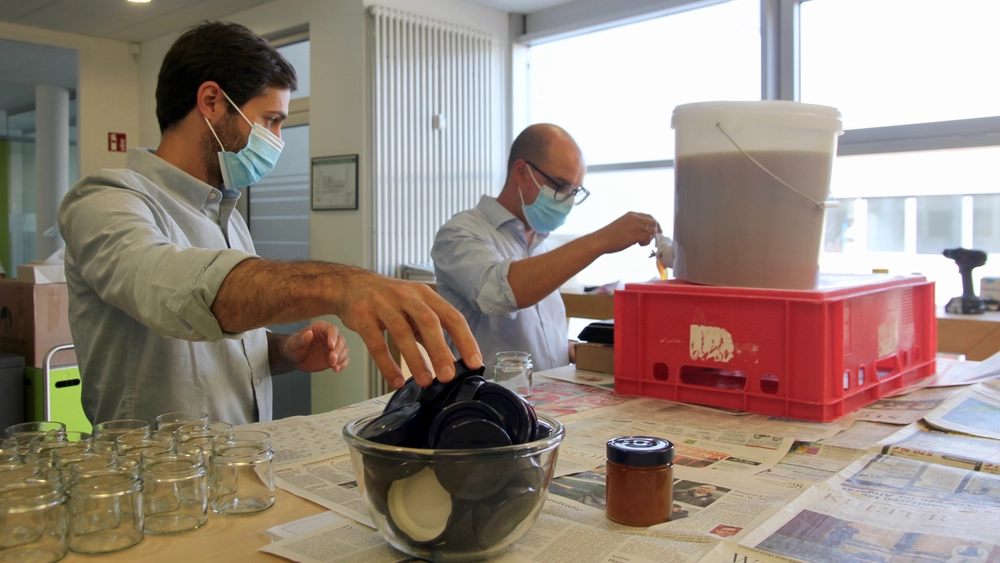
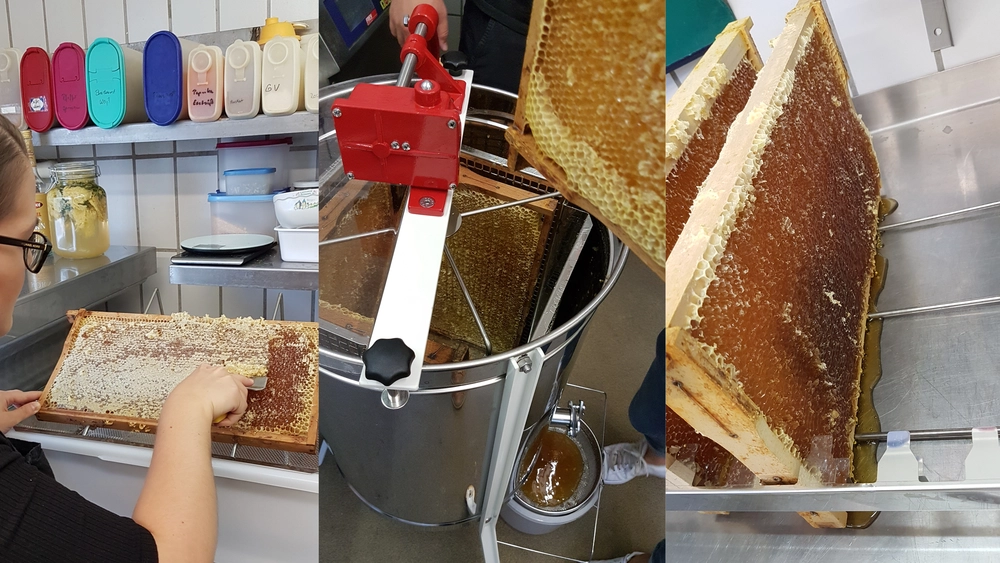
![[Translate to English:] Sergey Nivens - Fotolia.com](https://cdn.dreso.com/fileadmin/_processed_/7/5/csm_Warum_findet_der_Earth_Overshoot_Day_immer_frueher_statt_acd6ee15f9.jpg)

